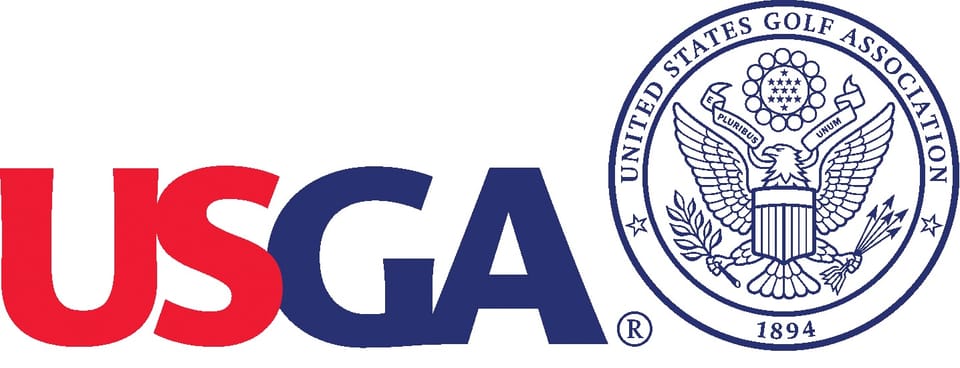When Can You Take Relief on the Golf Course? A Guide to the Rules

In golf, knowing when and how you can take relief is just as important as mastering your swing or reading the green. The Rules of Golf, governed by the USGA and The R&A, provide clear guidance on situations where players are entitled to relief—meaning a free or penalty drop to reposition the ball under specific conditions. Understanding these rules can help you play both fairly and confidently, whether you're in a tournament or just out for a weekend round.
Here’s a breakdown of the most common relief scenarios, including when you can take a free drop and when it will cost you a stroke.
1. Free Relief Situations
Abnormal Course Conditions (Rule 16.1)
You are entitled to free relief if your ball lies in or your stance is affected by:
- Temporary Water (formerly called “casual water”): Any visible water on the ground not in a penalty area.
- Ground Under Repair (GUR): Areas marked by the course or clearly under maintenance.
- Animal Holes: Holes or tracks made by animals, such as burrowing creatures, not insects.
- Immovable Obstructions: Cart paths, sprinkler heads, drain covers, or any artificial object that cannot be moved.
How to take relief: Identify the nearest point of complete relief, not closer to the hole, and drop the ball within one club-length of that point.
Embedded Ball (Rule 16.3)
If your ball is embedded in its own pitch mark in the ground in the general area (not in sand or penalty areas), you may take free relief.
Note: Relief is only granted when the ball is embedded in grass-covered ground—not bare dirt or sand.
Dangerous Animal Condition (Rule 16.2)
If playing the ball or standing near it would expose you to danger (like a wasp nest or a rattlesnake), you are allowed to take free relief.
2. Penalty Relief Situations
Penalty Areas (Rule 17)
If your ball lands in a penalty area (formerly called water hazards), you have several options, usually for a one-stroke penalty:
- Stroke and Distance: Play a new ball from the original spot.
- Back-on-the-line relief: Drop the ball as far back as you'd like on a line between the hole and the point where the ball entered the penalty area.
- Lateral relief: For red-staked penalty areas, drop within two club-lengths of where the ball entered the area, no closer to the hole.
Note: There’s no free relief from things like mud or algae inside a penalty area.
Unplayable Ball (Rule 19)
If your ball is in a position where you don’t feel comfortable hitting it—say it's lodged in a bush or against a tree—you can declare it unplayable for a one-stroke penalty. You have three options:
- Stroke and distance: Replay from the original spot.
- Back-on-the-line relief: Go back as far as you'd like from the point where the ball lies.
- Lateral relief: Drop the ball within two club-lengths of where it lies, no closer to the hole.
3. Relief on the Putting Green
If your ball is on the green and an immovable obstruction (like a sprinkler head) or temporary water interferes with your line of play, you can take free relief by placing the ball at the nearest point of relief, which might be on the fringe if needed.
Additionally, if your ball moves after you’ve addressed it but it wasn’t your fault (e.g., wind or slope), under Rule 13.1d, you usually replace it without penalty.
4. Relief for Interference with Stance or Swing
It’s important to note that you don’t get free relief from everything. For example:
- Trees, bushes, and rough terrain are part of the game. If your stance is affected by a tree trunk or your ball lies behind a rock, you don’t get relief unless there's another qualifying condition.
- Relief is only granted if your stance or intended swing is interfered with, not merely your line of sight or intended shot shape.
How to Properly Drop a Ball
Since 2019, the rule for dropping a ball has changed:
- Drop from knee height, not shoulder height.
- The ball must land and come to rest in the relief area.
- If it rolls outside the relief area, drop again. If it happens twice, place the ball on the spot where it last touched the ground inside the relief area.
Final Thoughts
Relief rules can protect players from unfair lies or dangerous conditions, but they also exist to preserve the integrity of the game. Knowing when to take relief—whether free or with a penalty—can not only improve your scores but help you avoid rule violations that might otherwise go unnoticed.
Play smart. Play fair. And don’t forget—sometimes taking relief isn’t a setback; it’s the smartest move you can make.
